What mechanism for railway businesses to "revive"?
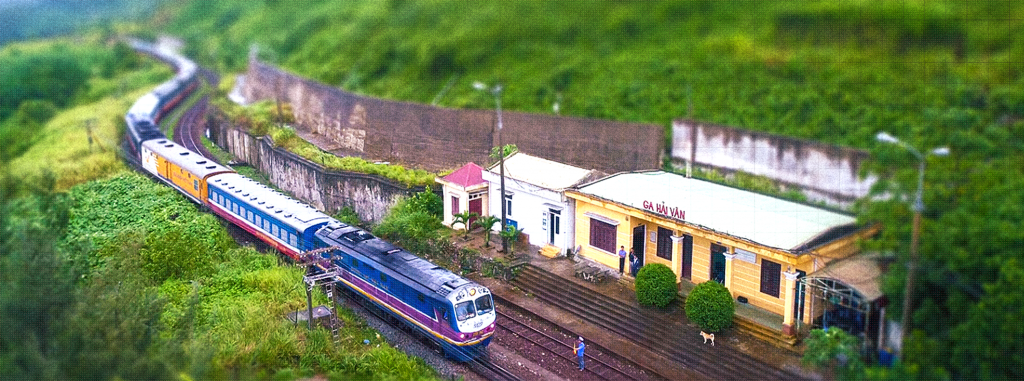 |
| It is difficult to do anything because Vietnam railway must "struggle" in narrow infrastructure to survive. Photo: ST |
Stuck in the implementation stage
Faced with chronic difficulties such as weak infrastructure, outdated technology, insufficient investment and the additional impact of the Covid-19 pandemic, the railway business is more and more troubled. Analyzing more carefully about these barriers, Mr. Vu Anh Minh, Chairman of the Board of Members of Vietnam Railway Corporation, emphasized that capital may be limited, but the mechanism is not.
During 35 years, we have focused on road and air to solve bottlenecks, focusing on maritime to solve import and export of goods. In the commodity segment, we design the appropriate networks to do the right thing, logistics costs will be greatly reduced and motivated for development. However, if the airport and flight area is managed by the State, the part of the airport belongs to the operating management company.
For the maritime sector, ship channels, and embankments owned and managed by the State, the remaining ports are owned by enterprises. As for the railway, the entire structure of the railway for the train, station and cargo yard are all State owned.
“The mechanism is to distribute resources for five modes of transport, available railway planning with capital allocation, balance of capital for different types of transport, so the railway is weak. Therefore, the industry is still stuck in the implementation stage. In addition, any undeveloped and unattractive field requires State intervention to attract investment resources. When the modes of transport are attractive, attracting other economic sectors, participating businesses should reduce state capital and socialize, this will spill over investment,” Mr. Vu Anh Minh said.
According to Prof. Dr. La Ngoc Khue, former Deputy Minister of Transport, while other transport sectors are heavily invested with a variety of resources from the budget, from ODA sources and socialization, making technical facilities and management capacity of those transport branches constantly expanded and renovated, the railway industry is lagging behind. For many decades, the share of railway investment did not exceed 3% of total budget expenditure on transportation infrastructure. A half century ago, there has been almost no section of railway renovated. Meanwhile, the road and aviation industry has approached the modern level of countries in the region and the world. In addition, the lack of connectivity between freight stations, transit points and terminals also makes the transportation of goods by rail very inconvenient, though it is the preeminent mode of transportation for high-volume cargo. That imbalance has pushed the railway deep into a wall, losing its competitiveness.
Enterprises want to exploit infrastructure
Currently, Railway Corporation has two main production and business activities, one is to carry out the maintenance of railway systems, and the second is to carry out freight transportation business. Freight business develops as its infrastructure capacity improves. According to the Vietnam Railway Transport Development Strategy to 2030 with a vision to 2050, the plan to renovate and upgrade the existing railway, the goal of improving the capacity by four to five times as much as at present, improving the speed of trains.
According to the Chairman of the Board of Directors of Vietnam Railway Corporation, while other types of air and maritime transport are assigned infrastructure assets to enterprises for exploitation, the railway has not yet been allowed. The stations are the destination and departure point, it can be upgraded into amusement parks, supermarkets, services, not just to transfer passengers. Therefore, many countries have invested in stations with central and local budgets, including allowing businesses and other economic sectors to participate. That is the way business can exploit the station area. The added value in these stations is even greater than in other areas.
In parallel, the State will continue to invest in improving and upgrading the capacity of transportation infrastructure. Where the capacity of infrastructure is raised, it is the Corporation's responsibility to make the most of the infrastructure capacity invested by the State.
Maximizing the value added around transport, improving the quality of station services and reducing loading and unloading costs, and reducing logistics costs for freight transport will create a surplus value. We continue to invest in other stations. At present, out of those 297 stations, only about 10 of them are of attractive value. Therefore, it is necessary to upgrade areas that are not attractive to investors and that are ineffective.
According to Mr. Dang Huy Dong, former Deputy Minister of Planning and Investment, Chairman of the Management Board of the Institute of Planning and Development Studies, priority should be given to the development of electrified railways, double track of standard size 1435mm dual track. The average speed of exploitation is about 150km/h for freight transport and average speed of about 100km/h for freight and container transportation for North-South axis Hanoi - Ho Chi Minh City, extending routes to Lang Son and Hai Phong in the north and to Can Tho in the south.
“In addition, it is necessary to reserve land on both sides of the North-South route to develop high-speed or super-high-speed trains when there is a need and be able to compete with road and air passenger transport. In addition, there are dedicated cargo ships connecting to international seaports such as Lach Huyen in Hai Phong, Thi Vai in Vung Tau, connecting with container cargo terminals to reduce road load, reduce urban congestion, reducing traffic accidents, reducing logistics costs, improving competitiveness for Vietnamese goods,” Mr. Dang Huy Dong said.
Related News

What to do to mobilize investment resources for green transport?
08:31 | 04/09/2024 Headlines

Lack of “locomotives” leading high-tech agricultural enterprises
11:38 | 07/08/2024 Import-Export

Proposing to have information sharing mechanism in price management
09:13 | 06/02/2024 Regulations
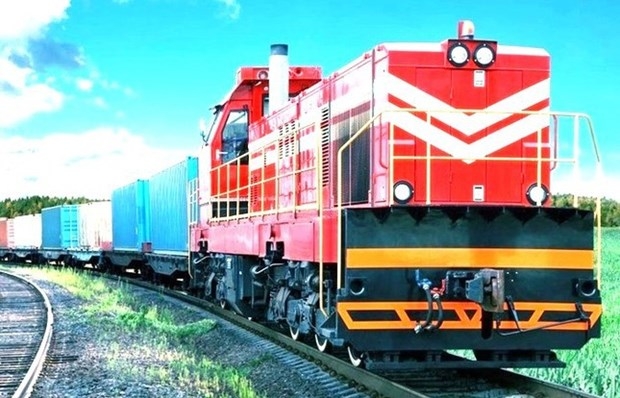
Binh Duong transports 400 tonnes of farm produce to China by railway daily
16:26 | 17/07/2023 Import-Export
Latest News
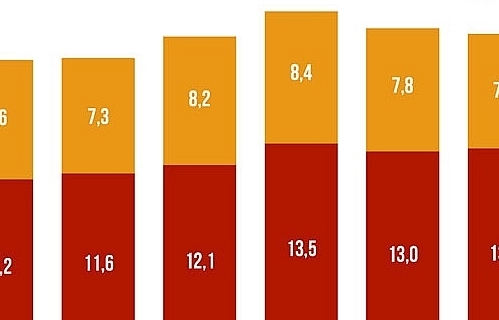
Top 10 Reputable Animal Feed Companies in 2024: Efforts to survive the challenges of nature
18:30 | 21/12/2024 Import-Export

Vietnam's import-export surges 15.3%
09:44 | 20/12/2024 Import-Export

More Vietnamese firms interested in Saudi Arabia: Ambassador
09:43 | 20/12/2024 Import-Export

“Give and Take” in the Value Chain of the CPTPP Market
09:30 | 20/12/2024 Import-Export
More News

Binh Dinh province works to attract investment from Japan
15:44 | 19/12/2024 Import-Export

Agricultural, forestry and fishery exports “reach the target” early
15:20 | 19/12/2024 Import-Export

Thailand remains Vietnam’s biggest trading partner in ASEAN
15:35 | 18/12/2024 Import-Export

Rubber value soars in 2024: VRA
15:33 | 18/12/2024 Import-Export
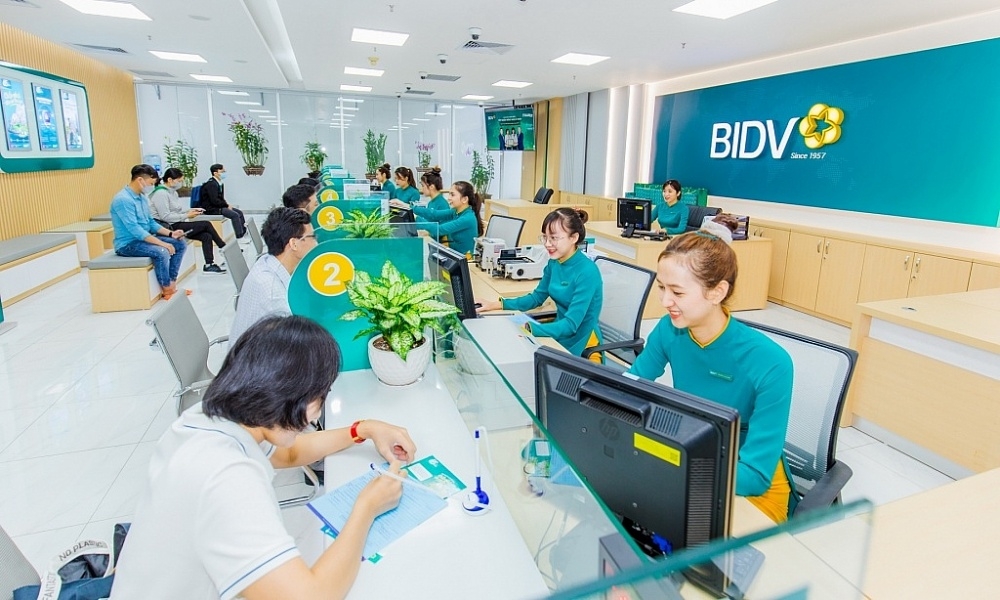
Vietnamese businesses struggle to access green finance
09:58 | 18/12/2024 Import-Export

E-commerce: a gateway to boost Vietnamese commodities in the UK market
16:55 | 17/12/2024 Import-Export

Agro-forestry-fisheries exports top 62 billion USD in 2024
16:51 | 17/12/2024 Import-Export
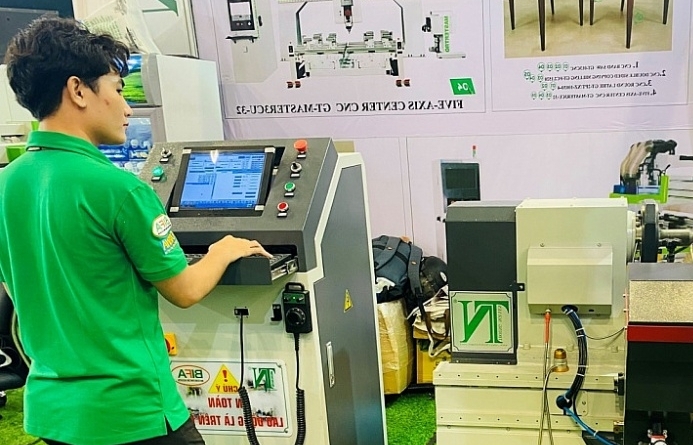
Removing “bottlenecks” for digital transformation in industrial production
10:00 | 17/12/2024 Import-Export

UKVFTA facilitates Việt Nam's tuna exports to UK market
13:56 | 16/12/2024 Import-Export
Your care

Top 10 Reputable Animal Feed Companies in 2024: Efforts to survive the challenges of nature
18:30 | 21/12/2024 Import-Export

Vietnam's import-export surges 15.3%
09:44 | 20/12/2024 Import-Export

More Vietnamese firms interested in Saudi Arabia: Ambassador
09:43 | 20/12/2024 Import-Export

“Give and Take” in the Value Chain of the CPTPP Market
09:30 | 20/12/2024 Import-Export

Binh Dinh province works to attract investment from Japan
15:44 | 19/12/2024 Import-Export




